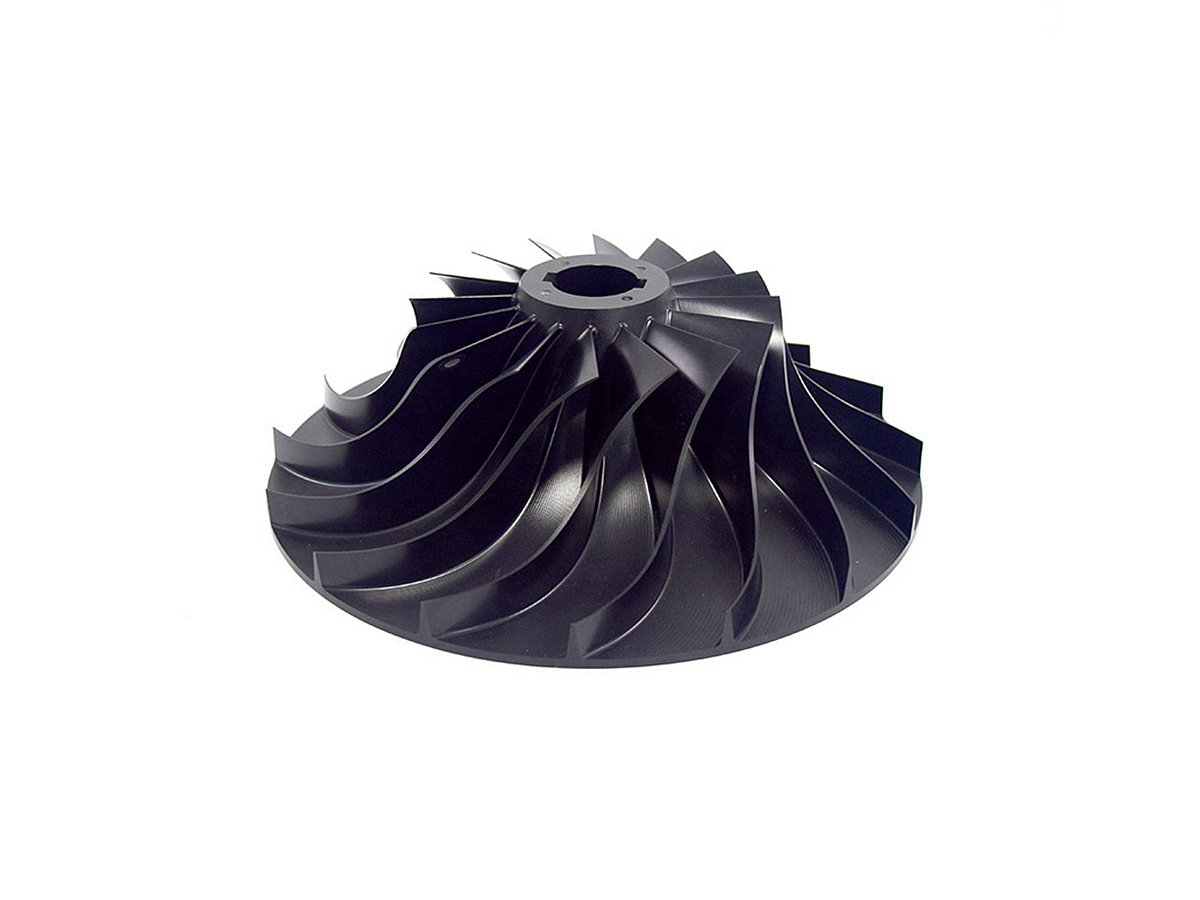The Future of Aerospace Parts: How CNC Machining is Revolutionizing Aluminum 7075
Introduction
The aerospace and aviation industry continuously evolves, demanding materials and manufacturing techniques that deliver unprecedented performance, weight efficiency, and durability. Among advanced alloys, Aluminum 7075 has emerged as a preferred choice for critical aerospace components, including aircraft structural parts, landing gear components, and wing spars.
Advanced CNC machining processes have significantly transformed the capabilities of Aluminum 7075, providing unmatched precision, complex geometries, and tight dimensional tolerances. Integrating CNC-machined Aluminum 7075 components enhances aircraft safety, reliability, fuel efficiency, and overall performance.
Aluminum 7075 for Aerospace Applications
Material Performance Comparison
Material | Tensile Strength (MPa) | Yield Strength (MPa) | Fatigue Resistance | Typical Applications | Advantage |
|---|---|---|---|---|---|
572 | 503 | Excellent | Aircraft wing spars, landing gear | High strength-to-weight ratio, superior fatigue resistance | |
310 | 275 | Good | Secondary structural components, interior fittings | Excellent machinability, moderate strength | |
950-1100 | 880-950 | Outstanding | Critical structural components, engine mounts | Superior strength, excellent corrosion resistance | |
600-1200 | – | Outstanding | Wing panels, fuselage sections | Lightweight, exceptional stiffness |
Material Selection Strategy
Selecting Aluminum 7075 for aerospace parts depends primarily on its exceptional strength-to-weight ratio, fatigue resistance, and machinability:
Structural components such as wing spars and landing gear demand the high strength, durability, and fatigue resistance provided by Aluminum 7075, enhancing flight safety and reducing maintenance.
Secondary structural components, cabin fittings, and interior brackets prefer Aluminum 6061-T6 due to its ease of machining, moderate strength, and cost-effectiveness.
Critical, high-load structural components and engine mounts requiring ultimate tensile strength and superior corrosion resistance utilize Titanium Ti-6Al-4V, ideal for harsh operating conditions.
Wing skins, fuselage panels, and other aerodynamic surfaces benefit significantly from Carbon Fiber Composites, providing unmatched stiffness, lightweight construction, and superior aerodynamic efficiency.
CNC Machining Processes
Process Performance Comparison
CNC Machining Technology | Dimensional Accuracy (mm) | Surface Roughness (Ra μm) | Typical Applications | Key Advantages |
|---|---|---|---|---|
±0.02 | 1.6-3.2 | Aircraft brackets, interior components | Economical, consistent quality | |
±0.015 | 0.8-1.6 | Landing gear fittings, rotor components | Improved accuracy, fewer machining setups | |
±0.005 | 0.4-0.8 | Complex turbine blades, wing spars | Highest precision, exceptional surface quality | |
±0.003-0.01 | 0.2-0.6 | Precision aerospace sensors, intricate geometries | Maximum accuracy, intricate detailing |
Process Selection Strategy
Selecting the right CNC machining process for Aluminum 7075 aerospace parts requires assessing complexity, precision, and application requirements:
Basic aircraft brackets and cabin interior parts efficiently use 3 Axis CNC Milling, balancing cost-effectiveness with acceptable accuracy.
Landing gear fittings and rotating elements that require moderate complexity and precise dimensional tolerances utilize 4 Axis CNC Milling, significantly reducing production time and setups.
Complex aerospace structures such as turbine blades, wing spars, and aerodynamic components requiring stringent tolerances (±0.005 mm) and superb finishes rely on 5 Axis CNC Milling for optimal aerodynamic performance and structural integrity.
Precision aerospace components, sensors, and intricate hydraulic fittings requiring ultra-high dimensional accuracy (±0.003 mm) benefit from Multi-Axis CNC Machining, delivering unmatched precision and reliability.
Surface Treatment
Surface Treatment Performance
Treatment Method | Corrosion Resistance | Wear Resistance | Aerospace Suitability | Typical Applications | Key Features |
|---|---|---|---|---|---|
Excellent (≥1000 hrs ASTM B117) | Moderate-High | Excellent | Aircraft structural components, landing gear | Corrosion protection, improved surface durability | |
Superior (≥1200 hrs ASTM B117) | Moderate | Excellent | Aircraft brackets, fittings | Enhanced corrosion protection, paint adhesion | |
Superior (≥1200 hrs ASTM B117) | High | Good | External aircraft panels, decorative trims | High durability, attractive finish | |
Outstanding (≥1500 hrs ASTM B117) | Very High (HV500-700) | Excellent | High-wear components, fasteners | Exceptional wear resistance, surface hardness |
Surface Treatment Selection
Surface treatments for aerospace Aluminum 7075 parts are chosen based on operational demands, corrosion resistance, and durability:
Structural aircraft components and landing gear benefit from Anodizing, enhancing corrosion protection and component lifespan.
Brackets, internal fittings, and housings utilize Alodine Coating for increased corrosion resistance and paint adhesion.
External aircraft panels and decorative components benefit from Powder Coating, providing durable, aesthetically pleasing finishes.
Critical, high-wear components and fasteners require Electroless Nickel Plating, significantly improving hardness, wear resistance, and longevity.
Quality Control
Quality Control Procedures
Dimensional verification using Coordinate Measuring Machines (CMM) and optical inspection methods.
Surface roughness evaluations conducted with precision profilometers.
Mechanical performance testing (tensile, yield, fatigue) per ASTM standards.
Corrosion testing in compliance with ASTM B117 (Salt Spray Test).
Non-destructive inspections, including ultrasonic, X-ray, and magnetic particle testing.
Detailed quality documentation aligned with AS9100 aerospace standards, FAA regulations, and customer-specific aerospace quality requirements.
Industry Applications
Aerospace Component Applications
Wing spars and aircraft structural components.
Landing gear fittings and structural brackets.
Aircraft interior fittings and lightweight supports.
High-performance aerodynamic surfaces and components.
Related FAQs:
Why is Aluminum 7075 ideal for aerospace applications?
How does CNC machining improve aircraft component reliability?
What surface treatments optimize Aluminum 7075 aerospace parts?
How precise is CNC machining for critical aerospace components?
What are key quality standards for aerospace CNC machining?

